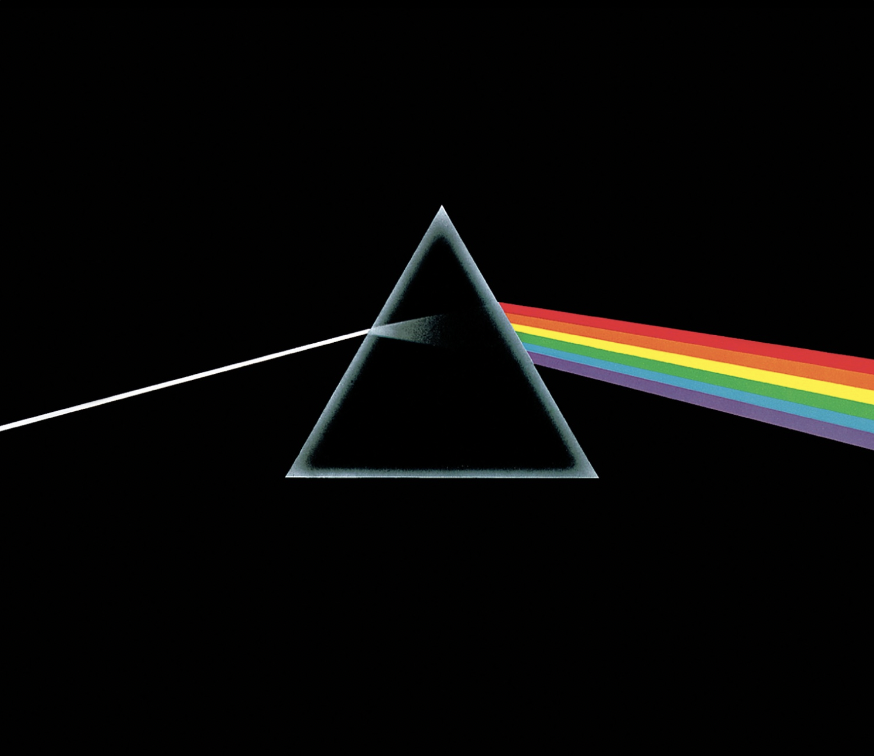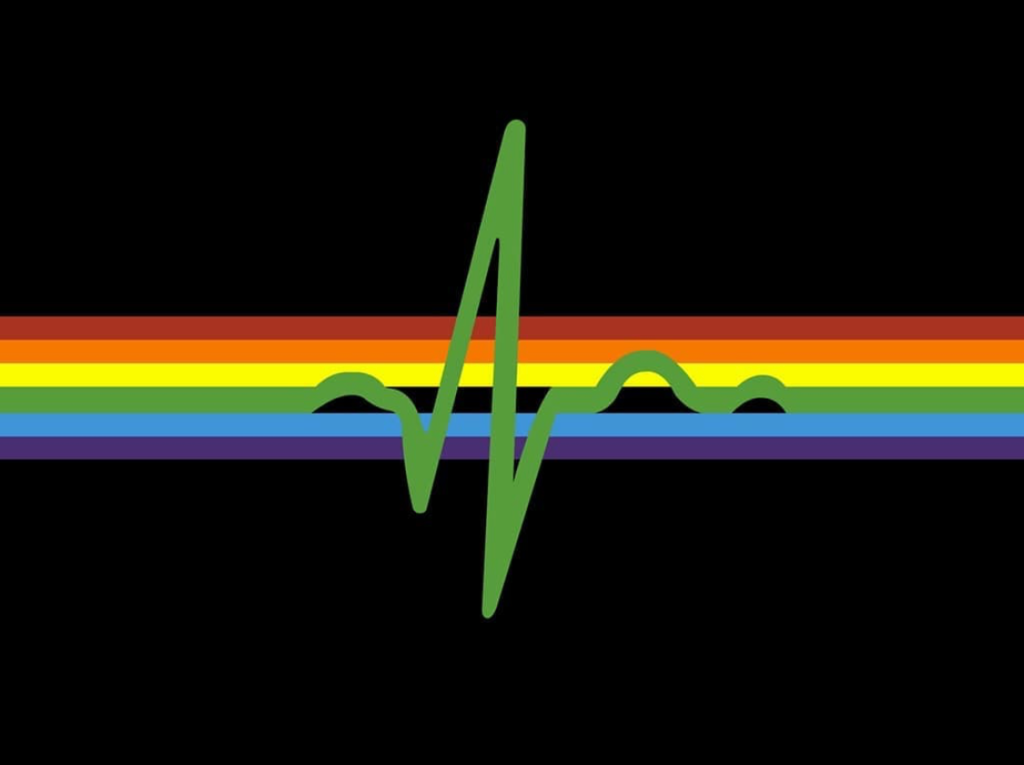
This is not one of my favorite albums in the Pink Floyd catalog. It is in my top 5 though. I also think it is an important piece in the history of modern music. By modern I mean after the mid-1960s. It is for many, the crown jewel in Pink Floyd’s catalog. This is why I wanted to write why and how it was and still is to this day relevant. I wrote multiple versions of this article over the past few months and they all wound up a bit too long. In this version, I will try not to go into the details of each song, lyrics, musical arrangements, recording, and mixing techniques that were pushing the boundaries of the early 1970s.
The band started recording it in 1972 when their most iconic lineup was at their most productive. They were pushing boundaries and experimenting; making use of cutting-edge technologies at the time. Like synthesizers, tape loops, and multi-track recording. The engineering was eventually taken over by Alan Parson. One of the greatest to ever work a studio console. Even the artwork is near perfection, created by the legends at Hypnosis. On top of all of this, the album is a high-concept lyrical and musical masterpiece that delves into everything that makes up human life.
Upon release, Dark Side of the Moon was immediately met with commercial and critical success. It topped the Billboard album chart and stayed there for an incredible 741 weeks. That’s 14 years. Taking all this into account, it’s no surprise that Dark Side of the Moon is often lauded by fans and critics alike as one of the greatest albums ever recorded.
The album starts with a short instrumental Speak to Me that kicks off the album with a heartbeat It’s a simple touch but it instantly gets you to the humanity that is at the core of Dark Side of the Moon. This album is at least in the broadest sense an album about life. It’s about the stresses and struggles that make human existence what it is. It’s about all the noise that constantly surrounds us and about trying to cut through that noise to find the truth, beauty, and meaning, and all of these things begin from the same place. From being thrust into the world and greeting it with a heartbeat and a breath. It lays the foundation and universal starting point and that heartbeat will come full circle in the finale. As I mentioned above, in this version I will not go into each of the songs to keep this article focus more on how relevant it was and still is today.
I will list the album tracks and a short description of it
- Speak to Me (birth and preview of what is to come with snippets of music from each of the rest of the songs))
- Breathe (adolescence and growing up)
- On the Run (Working and them touring and traveling and the pressures to record the next album while touring)
- Time (the challenges of day to day life and how time just flies by)
- The Great Gig in the Sky (This is intended to be a representation of their ultimate goal to have the greatest performance/show on their tour and in relation to the rest of us, our greatest product, result, and accomplishment. They had intended to write lyrics to it but decided not to because of how well the backup singer performed when they were putting the musical parts together)
- Money (Self-explanatory. They were being pressured by the record company to create more records regardless of what the band was going through)
- Us and Them (How modern life has inherently created us and them, whether it’s countries, religions, working-class, education, culture, background, skin color)
- Any Color You Like (An instrumental that the band was jamming during one of their shows that they really enjoyed playing, Also an obscure reference that one of their stagehands said that they can have any color stage background you like as long as it’s black.)
- Brain Damage (The impact of modern life on all of us if we are not able to work through these challenges)
- Eclipse (the end of the album and metaphorically and within the album concept. It also has references and lyrics from the previous songs culminating to a heartbeat ending.)
They recorded these songs between their touring schedules, which meant a week here and there in the studio (Abbey Road), and tweaking the songs during their live performances to save money and studio time, Realize that at the time everything was recorded to tape in a studio. They created the loops and extra sounds to make the songs on the album be seamless and connected. One of the other items as they put a microphone in one of the other rooms and asked crews and others in the studio to go in one at a time and say whatever they felt like saying and dealing with. Some are blended into the songs so you need a good pair of headphones to be able to discern. Towards the end of the last sone (Eclipse), one of them says: “There is no dark side of the moon. The moon is all dark”. For me, this is referring to modern life and its impact on Mental health. Implying that, just like the moon, life can be all dark, we just have to find a way to reflect light, just like the moon, and look for the positive in things. Similar to the album cover art, where the prism changing a thin stream of white light into a rainbow, try to take any little light and make your life more colorful.
A little trivia question. One of those people who went into the room with the microphone was one of the members of The Beatles. However, they did not make the final cut. Hmmm… Who could that be? 🙂


The answer to the trivia question is Paul McCartney!